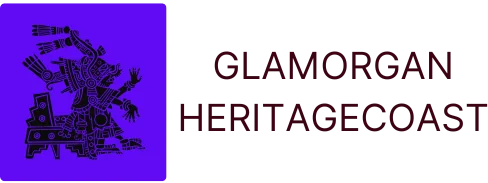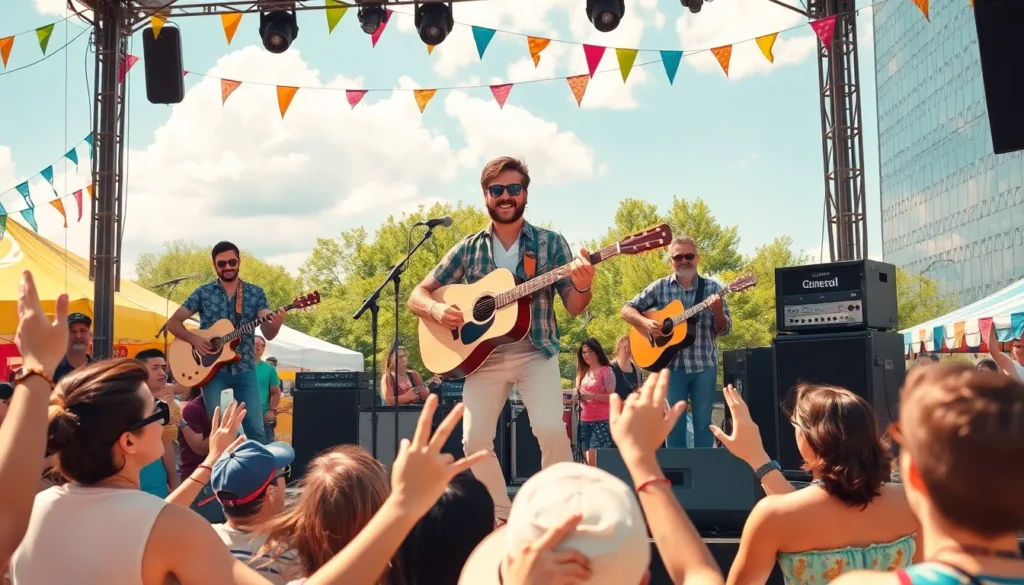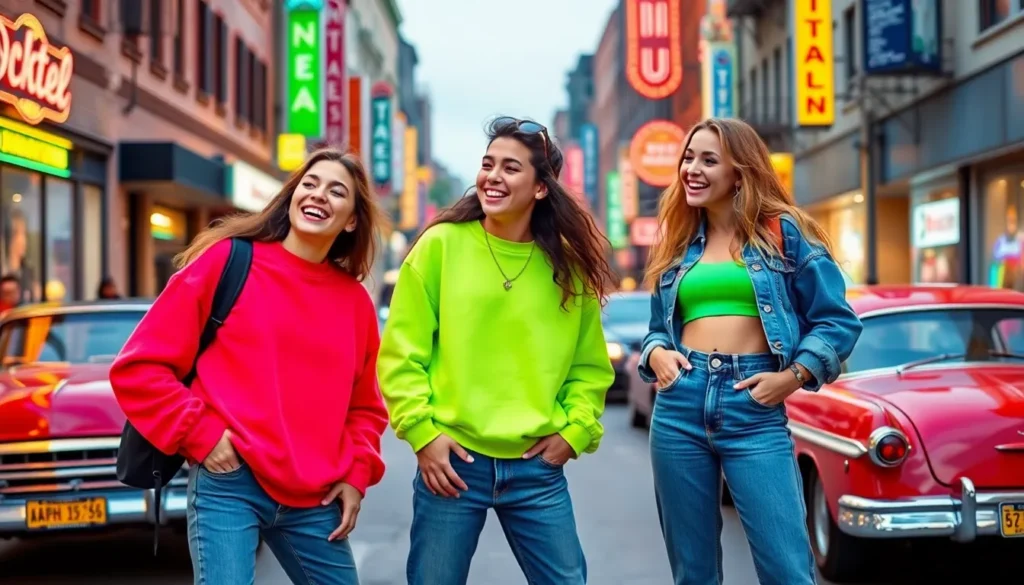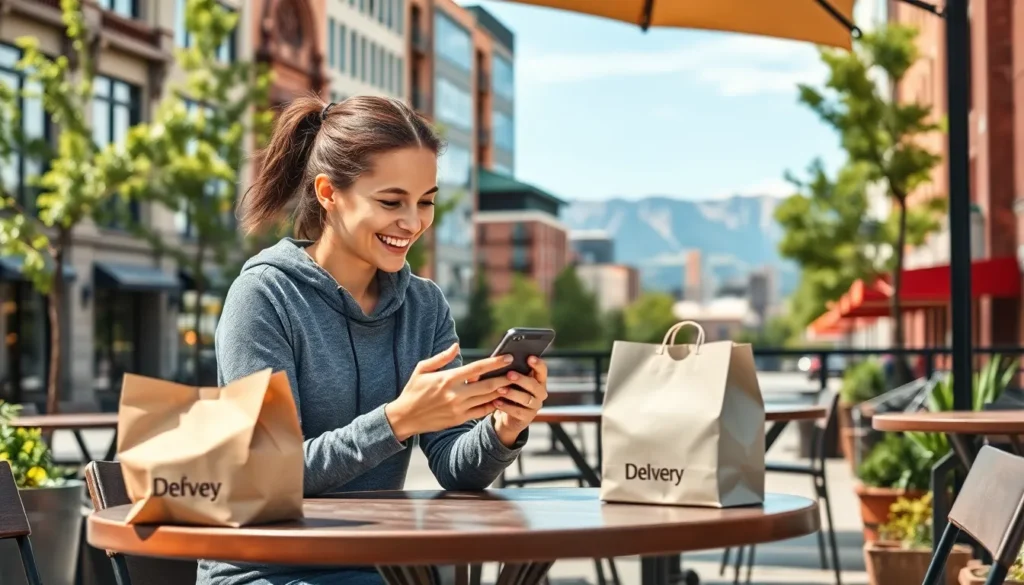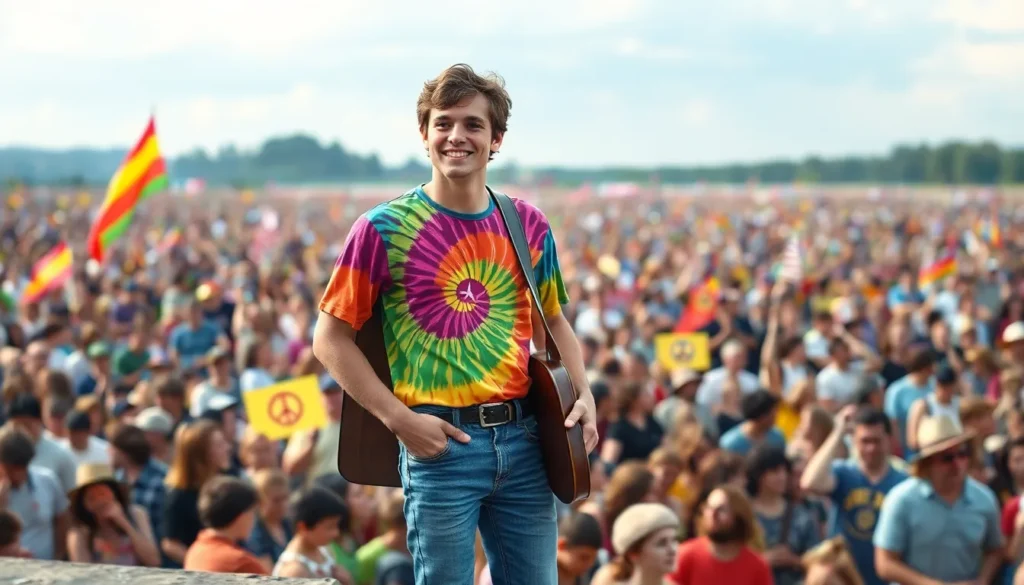In a world where attention spans are shorter than a TikTok clip, viral dance videos reign supreme. They’ve taken social media by storm, turning everyday folks into overnight sensations. Who knew that a catchy beat and a few slick moves could spark a global dance party? From the comfort of their living rooms, millions are busting a move, and the results are nothing short of spectacular.
Table of Contents
ToggleOverview of Viral Dance Videos
Viral dance videos represent a unique blend of creativity and cultural expression, often igniting trends that spread rapidly across social media platforms. These videos garner millions of views, showcasing individuals and groups showcasing their dance skills. The combination of infectious music and easy-to-follow choreography makes participation accessible to everyone.
Platforms like TikTok and Instagram serve as prime venues for these trends, allowing users to share their interpretations of popular dances. Content creators frequently gain significant followings, leading to opportunities in brand partnerships and collaborations. Celebrities and influencers often join in on the fun, further amplifying the reach of specific dance challenges.
Participating in viral challenges often involves a few key elements. Strong musical choices, engaging visual styles, and authentic expressions resonate with viewers. Many dances draw inspiration from various genres, including hip-hop, pop, and even traditional styles, encouraging a diverse range of contributions.
Successful viral dance videos create community engagement, prompting viewers to replicate the dances and share their versions. Challenges such as the Renegade or the Savage became household names, with many others following in their footsteps.
Effectively, these dance trends can influence music charts as well, pushing specific songs to the top based solely on their popularity in dance videos. Collaborations among creators can also lead to groundbreaking choreography, resulting in new dance fads.
This phenomenon exemplifies the power of social media and collective creativity, transforming how people express themselves through dance.
Popular Platforms for Dance Videos
Several platforms prominently feature viral dance videos, fostering creativity and engagement among users.
TikTok
TikTok stands out as the leading platform for dance videos. Users create and share short clips featuring catchy music and distinctive choreography. Hashtags like #DanceChallenge encourage participation and allow users to join trending movements. The app’s algorithm promotes content with high engagement, increasing visibility. Iconic dances such as the Renegade and Savage originated on TikTok, rapidly gaining global popularity. Additionally, this platform allows users to collaborate easily, leading to innovative dance trends that can spread like wildfire across the app.
Instagram offers a diverse environment for dance videos, supporting various formats such as Reels and Stories. Users frequently post their dance routines, showcasing talent and creativity. The integration of music clips enables dancers to synchronize moves with popular songs. Engaging visuals enhance the appeal of these videos, often accompanied by catchy captions or hashtags. Notably, influencers and celebrities participate actively, further driving trends. The platform’s focus on aesthetics allows dancers to present their style uniquely, attracting followers and encouraging others to join the dance movement.
Trends in Viral Dance Videos
Viral dance videos reflect evolving styles and community dynamics. Different choreography styles define these trends as creators experiment with movements.
Choreography Styles
Catchy choreography captivates audiences. Popular dance styles range from hip-hop to contemporary, showcasing diverse influences. Specific trends like the Renegade originated from a blend of styles, gaining momentum on platforms such as TikTok. Dance challenges often prioritize simplicity, allowing individuals of varying skill levels to join in. Engaging routines, set to trending music, enable rapid sharing and replication. These accessible performances encourage broader participation while inspiring creativity across various demographics.
Influencer Participation
Influencers play a crucial role in shaping viral dance trends. Their involvement often amplifies a dance challenge’s reach, attracting thousands of participants. High-profile creators frequently collaborate with musicians and brands, further engaging audiences. Authenticity in their performances resonates with viewers, fostering a sense of community. Notable influencers initiate trends by showcasing their unique spins on popular dances, prompting fans to replicate their moves. This dynamic enhances visibility for both the influencers and the associated songs, driving music chart success.
The Impact of Viral Dance Videos
Viral dance videos significantly influence culture and marketing. Their pervasive reach shapes entertainment and promotional strategies alike.
Cultural Influence
Dance videos inspire cultural exchanges and often reflect societal trends. Creators blend diverse dance styles, highlighting the rich tapestry of global influences. Movements like the Renegade resonate with audiences, celebrating creativity and expression. These dances foster a sense of belonging among participants and viewers. As users share their interpretations, communities form around popular challenges. This interaction cultivates a greater appreciation for various genres, including hip-hop and contemporary styles. Dance videos often serve as a commentary on current events, embodying cultural movements and societal changes.
Marketing Opportunities
Brands increasingly leverage viral dance trends for marketing campaigns. Successful content relates directly to audiences, enhancing engagement and brand visibility. Companies collaborate with influencers to create authentic content, tapping into influencer followings. Campaigns that incorporate dance challenges often see increased reach, as participants share their versions. This organic spread amplifies brand messages across social media platforms. TikTok and Instagram provide ideal venues for these marketing strategies, fostering interaction between users and brands. Engaging dance challenges can lead to notable increases in sales for featured products, demonstrating the potential impact of these trends on consumer behavior.
Critiques and Controversies
Viral dance videos often face scrutiny due to issues surrounding originality and cultural appropriation. Critics argue that many dances originate from marginalized communities, yet mainstream platforms frequently overlook these creators. Popular dances, like the Renegade, highlight this concern, as the original choreographer struggled for recognition.
Copyright infringement also emerges as a significant topic. Content creators post dance videos that can unintentionally copy established choreographies, raising questions about ownership and credit. The legal aspects remain murky, complicating matters for both creators and the platforms hosting their content.
The mental health implications of viral fame cannot be ignored. Participants frequently feel pressure to replicate others’ success, leading to anxiety and stress. Rising stars may experience rapid fame, but the quick downturn in visibility can be equally overwhelming.
Monetization is another controversial aspect within the realm of viral dance videos. While creators can garner significant followings, brands often reap the rewards in terms of visibility and consumer engagement. This profit disparity raises concerns over fair compensation, particularly for lesser-known creators who contribute to trends.
Community dynamics face challenges as well. The same platforms that promote engagement can also lead to divisive competition, overshadowing inclusivity. Users may feel compelled to conform to specific styles rather than innovate, resulting in a stifling of creativity across the platform.
Debates regarding authenticity often arise in discussions about these dance trends. Many creators strive for genuine expression, while others meticulously craft their performances for likes and views. This dichotomy can skew perceptions of what it means to engage in dance as a form of cultural expression.
Conclusion
Viral dance videos have reshaped the landscape of social media and cultural expression. They’ve created a vibrant community where creativity thrives and individuals from all walks of life can participate. The blend of catchy music and engaging choreography not only entertains but also fosters connections among participants.
As trends continue to evolve, the impact of these videos on music charts and marketing strategies remains significant. While the phenomenon brings joy and engagement, it also raises important conversations about originality and representation. Navigating these complexities will be essential as the dance community grows and adapts to the ever-changing digital landscape. Ultimately, viral dance videos showcase the power of collective creativity and the joy of movement in a connected world.
